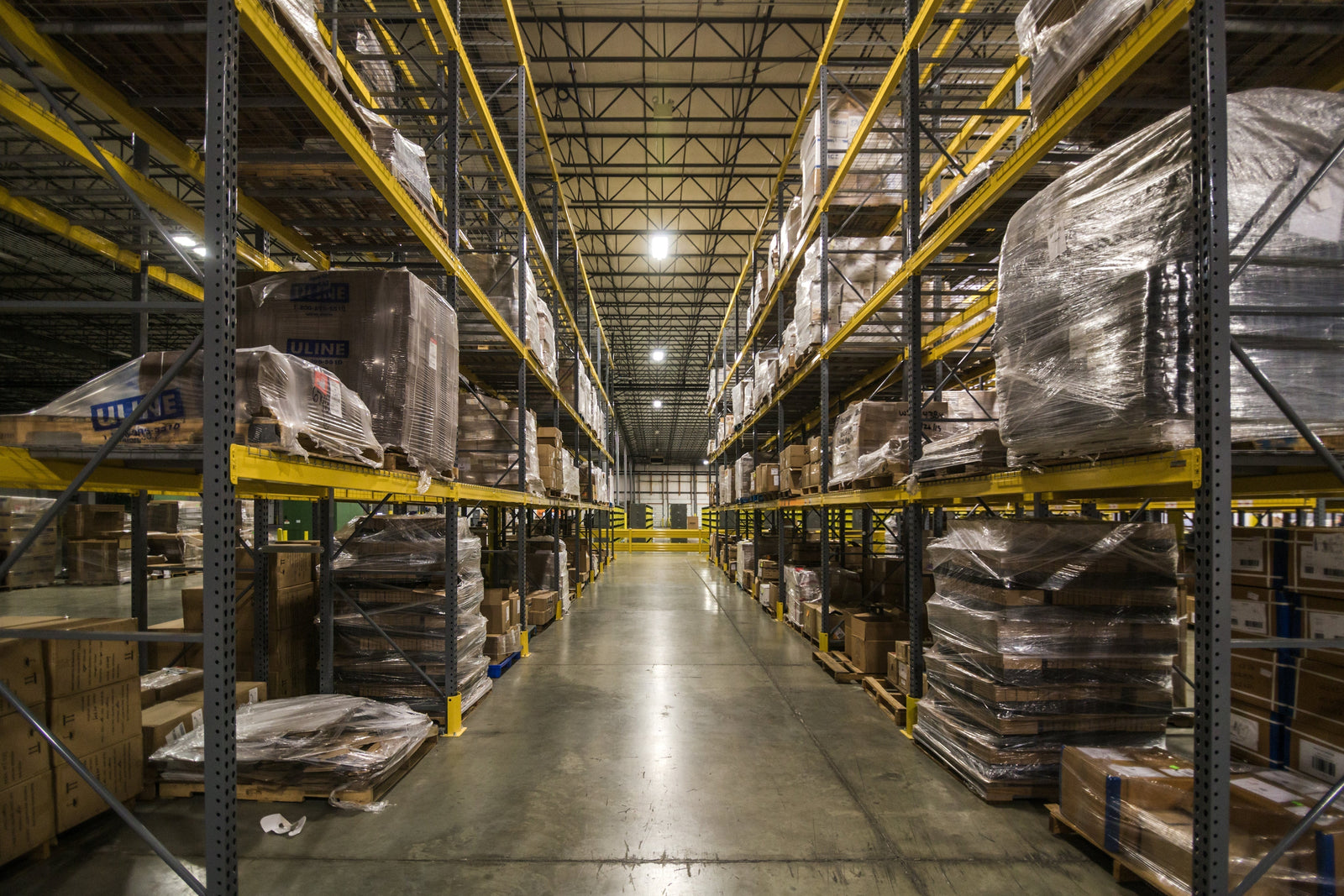Accessories
Check out our full lineup of yoga accessories to help you with your daily meditation practice and fitness goals...
Try our new Cork Yoga Brick for soft but solid support
Check out our full lineup of yoga accessories to help you with your daily meditation practice and fitness goals...

Co-Packer vs In-House Manufacturing: Real Lessons from $100M+ in Sales
March 18, 2025 4 min read
When launching or scaling a product-based business, one of the biggest decisions you'll face is whether to partner with a co-packer or manufacture in-house. Both options come with distinct advantages and challenges, and the right choice depends on factors like cost, control, scalability, and business goals. I've tackled it both ways and will be sharing insights into the risks and rewards of going either route.
Below, we break down the pros and cons of each approach to help you make an informed decision.
About the Author
James Dudra has spent nearly 20 years in the household cleaning industry, formulating over 100 cleaners and scaling brands that have sold $100M+ through Target, Amazon, QVC, and more. As the founder of Filling Factory, he now helps other brands navigate manufacturing and scale with confidence.
Table of Contents
- What is a Co-Packer?
- Pros of Using a Co-Packer
- Cons of Using a Co-Packer
- Pros of Manufacturing In-House
- Cons of Manufacturing In-House
- Which Option Is Right for You?
- Key Takeaways
What is a Co-Packer?
A co-packer, or contract manufacturer, is a partner that helps you produce your product — handling the physical blending, filling, labeling, and packaging. You can either bring them a finalized formula and packaging, or they can help develop everything from scratch.
When I operated my own manufacturing facility, I found that smaller or emerging brands often leaned on us for full support: packaging sourcing, formula development, testing, and regulatory prep. On the other hand, more established brands typically came to us with fully developed specs and just needed production support.
Whether you're a startup or a seasoned company, the right co-packer should flex to your needs.
Pros of Using a Co-Packer
- Leverage Their Existing Experience: Co-packers have extensive knowledge in manufacturing, sourcing, and compliance.
- No Capital Investment: Avoid costly equipment, facility, and infrastructure expenses.
- Better Cash Flow Management: Many co-packers handle sourcing, reducing upfront material costs.
- Faster Time to Market: Pre-existing formulas allow for a quick product launch.
Cons of Using a Co-Packer
- You Are One of Many Clients: Your brand is not their sole priority.
- Limited Control Over Sourcing: Restrictions on ingredient and packaging choices.
- Limited Control Over Pricing: Costs may include co-packer markups.
- "Hurry Up and Wait" Mentality: Production schedules may not align with your urgency.
If you're still in the early stages or want a comprehensive guide, check out our article: 👉 How to Start a Cleaning Product Line (Step-by-Step)

Should You Manufacture In-House?
This is one of the most hotly debated topics for brands — and I’ve experienced both sides firsthand.
When I launched my first brand, Eco Touch, back in 2007, we started with a co-packer. I quickly learned some hard lessons. We weren’t fully prepared, and it showed — from batching inconsistencies to missed ship dates, it became a crash course in what not to do.
After a few painful months, we decided to bring production in-house. While we gained control, it came with a whole new set of challenges: managing employees, streamlining processes, handling raw materials, and owning the entire supply chain. I underestimated how much time and focus this would take.
Ultimately, we stuck with in-house manufacturing for several years. It worked well until our order volumes reached a point where outsourcing once again made sense — and this time, we were ready.
Below, I’ll walk you through the pros and cons of both approaches, based on those experiences.
Pros of Manufacturing In-House
- Flexibility and Speed: Quickly adjust to market demand.
- Direct Control Over Quality: Maintain higher oversight of production processes.
- Experimentation and Innovation: Easily tweak formulations and test new products.
- Better Cost Control: Avoid co-packer markups and negotiate directly with suppliers.
- More Sourcing Options: Full control over ingredients and packaging.
Cons of Manufacturing In-House
- High Capital Investment: Equipment, facility, and staffing costs can be significant. However, you can start small if you're willing to roll up your sleeves.
- Splitting Focus: Managing production takes time away from branding and sales.
- Need for Skilled Employees: Hiring expertise in quality control, compliance, and sourcing is essential.
- Longer Setup Time: Establishing operations takes time before production begins.
- Scalability Concerns: Can your facility handle a surge in demand?
Which Option Is Right for You?
Here’s a quick comparison of co-packing versus in-house manufacturing:
| Factor | Co-Packer | In-House Manufacturing |
|---|---|---|
| Initial Investment | Low to Medium | High |
| Time to Market | Faster | Slower |
| Production Control | Limited | Full |
| Scalability | High | Dependent on capacity |
| Customization | Limited | High |
| Cost Savings Over Time | Lower potential | Higher potential |
Choose a Chemical Co-Packer If...
- You don’t want to get hands-on with production and prefer to leverage an experienced external partner.
- You’re confident your product has traction (or strong potential) and can support larger production runs.
- You don’t require full control over the supply chain, sourcing, or production schedule.
- You’d rather focus your time and energy on branding, marketing, and sales than day-to-day manufacturing.
Choose In-House Manufacturing If...
- You want full control over quality, sourcing, and production.
- You value speed, agility and responsiveness.
- You want long-term cost benefits and supplier control.
- You have the resources to invest in manufacturing.
Key Takeaways
- Co-packers can reduce upfront investment and operational risk, but typically require higher minimum order quantities (MOQs) and less flexibility — you’ll often need to "wait your turn" in their production schedule.
- In-house manufacturing offers greater control over quality, agility, and sourcing, but it can require more capital, skilled labor, and operational oversight.
- If you're unsure, consider a DIY approach first — producing a few small batches on your own. This gives you hands-on experience with the in-house model without the overhead of employees, rent, or insurance. Some co-packers may offer small-scale trial runs, but these are usually one-off events before requiring full production commitments.
Both co-packing and in-house manufacturing have their advantages. The right decision depends on your business model, financial situation, and long-term goals.
What’s your experience with co-packers or in-house production? Share your thoughts in the comments below!
Subscribe
Sign up to get the latest on sales, new releases and more …

